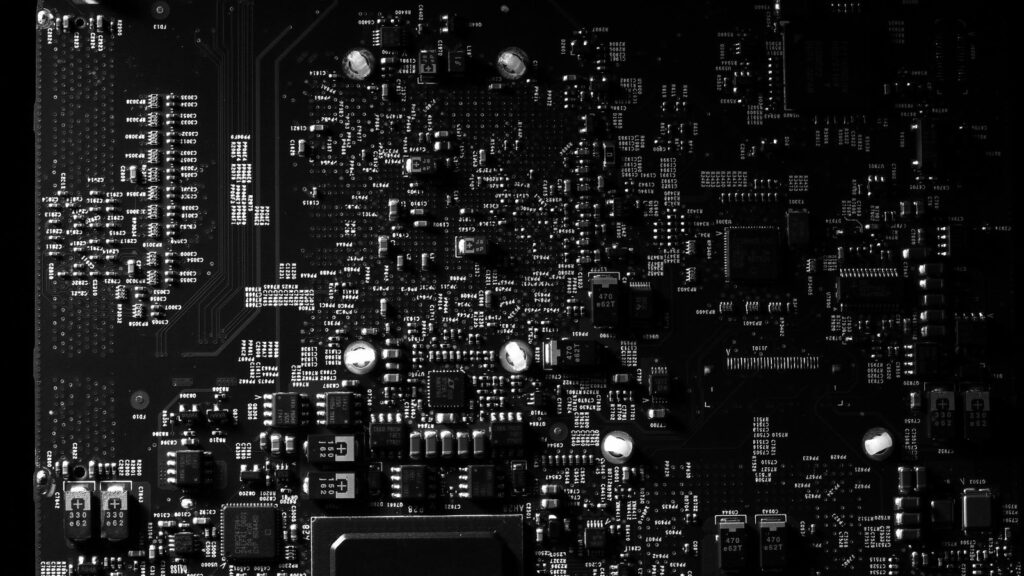In the bustling age of technology, a new player has entered the arena: green tech. It’s not just another buzzword; it’s the future of sustainable living and a beacon of hope for our planet. Green tech, or clean technology, is the rising star in our fight against climate change, offering innovative solutions, like QR codes for tracking carbon footprints, to reduce environmental harm.
But what exactly is green tech? It’s an umbrella term encompassing a vast range of technologies and practices designed to create a more sustainable future. From solar-powered gadgets to eco-friendly manufacturing processes, green tech is reshaping our world, one innovation at a time. Stay with us as we delve deeper into the green tech universe, unraveling its potential to transform our lives and our planet.
What is Green Tech

Diving deeper, Green Tech is a field encompassing strategies and technology aimed at reducing the impact of human activities on the environment. It’s the embodiment of sustainable living and the fight against climate change in today’s modern tech-driven world.
Green Technology, also known as environmental technology or clean technology, defines a concept that leverages technology and knowledge to create a sustainable environment. It’s a term used to describe sustainable tech solutions that fulfill human needs but reduce pollution and the exploitation of resources. Examples include solar power systems, wind turbines, and energy-efficient appliances.
The Importance of Green Tech in Today’s World
Green Tech isn’t just a buzzword—it’s a key player in preserving the planet for future generations. It helps to reduce our carbon footprint, decrease pollution levels, promote renewable energy usage, and enforce energy efficiency in various sectors, including manufacturing processes and household habits. Seeing a solar-powered gadget or reading about a company’s commitment to utilizing sustainable materials serves as a testament to the increasing acceptance and dependency of this technology.
Key Components of Green Tech
Diving deeper into the heart of green tech uncovers a variety of sub-components that play pivotal roles. These elements, including renewable energy sources and energy efficiency technologies, stand as keystones in this transformative revolution.
Renewable Energy Sources

Engulfed in the sphere of green tech, renewable energy sources bear substantial significance. These sources, such as sunlight, wind, or geothermal warmth, provide sustainable forms of energy that replace conventional fossil fuels. Solar panels and wind turbines exemplify this, converting sunlight and wind into electricity. Also, hydroelectric power plants harvest energy from water flow, signifying the versatility of renewable resources in green tech. The renewable energy sector aims at harnessing nature’s bounty, reducing reliance on non-renewable resources, and slashing greenhouse gas emissions.
Another dominant pillar in green tech’s structure concerns energy efficiency technologies. These cutting-edge solutions propel the effective use of energy, limiting wastage and optimizing outputs. For example, LED lighting and energy-star rated appliances decrease energy consumption compared to their traditional counterparts, acting as significant elements in energy conservation. Additionally, smart devices and sensors monitor and control energy use in buildings and industries, painting a vivid picture of energy-saving potential.
Applications of Green Technology
Diving further into the world of green technology, its profound impact extends across vast sectors, including Industrials and Manufacturing, and Daily Life and Consumer Products.
In Industrials and Manufacturing

Green applications in the industrials and manufacturing sectors manifest in cleaner production processes. To illustrate, businesses are adopting sustainable practices—installing solar panels to transition to renewable energy sources, and utilizing energy-efficient machinery. Industries have adopted energy management systems, too. These systems regulate energy consumption, aiding in carbon footprint reduction. In justifying these changes, businesses don’t merely meet environmental regulations, but also witness cost savings in the long run.
Shifting towards everyday life, green tech’s influence can’t be underestimated. Consider electrical appliances; most of them now come with some sort of energy-efficiency certification, be it LEDs or smart refrigerators. It’s not solely limited to gadgetry, though. Personal transportation has seen a significant boost with the emergence of electric vehicles. Hybrid cars, for instance, have been instrumental in cutting down harmful emissions.



